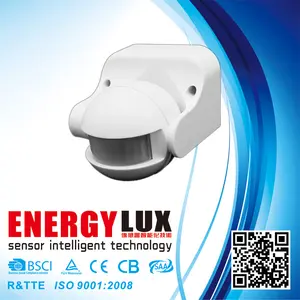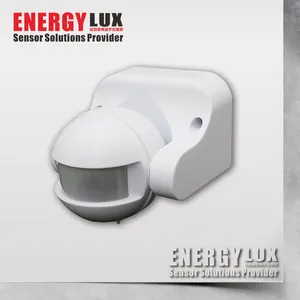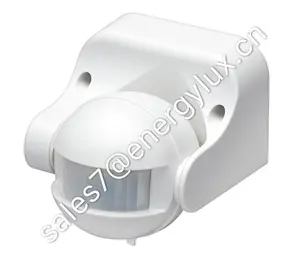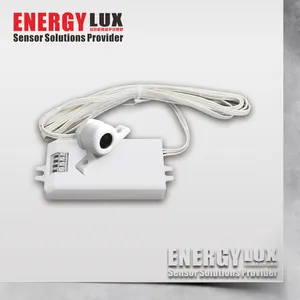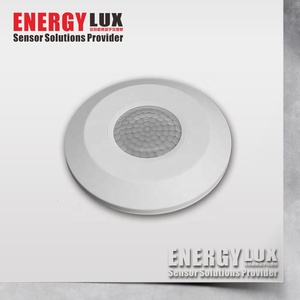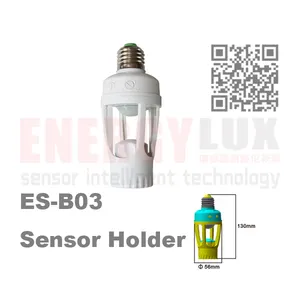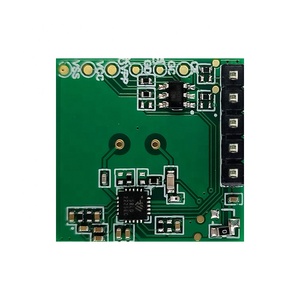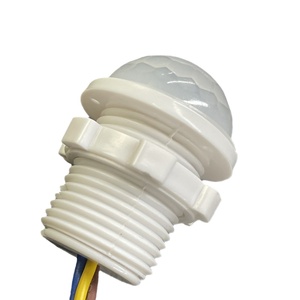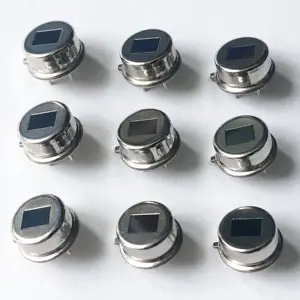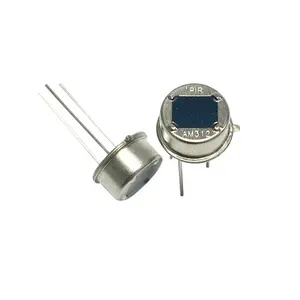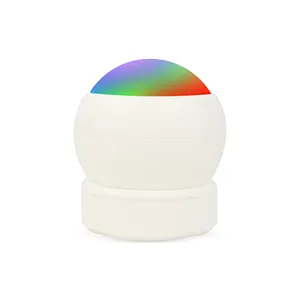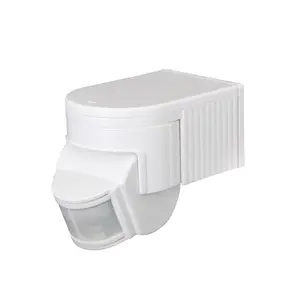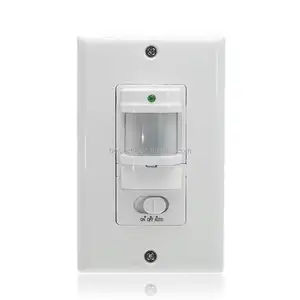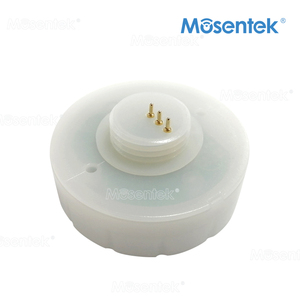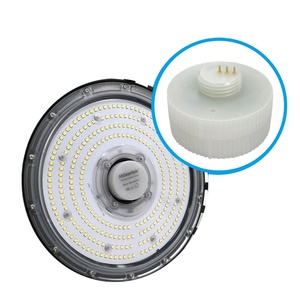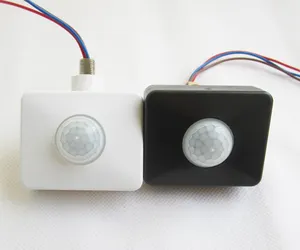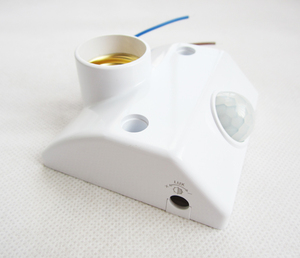Motion Sensor Producer
 Top sponsor listing
Top sponsor listing





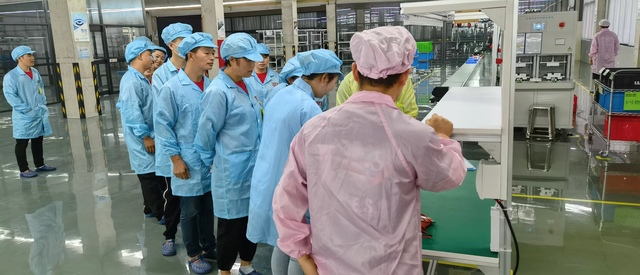





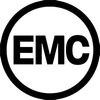














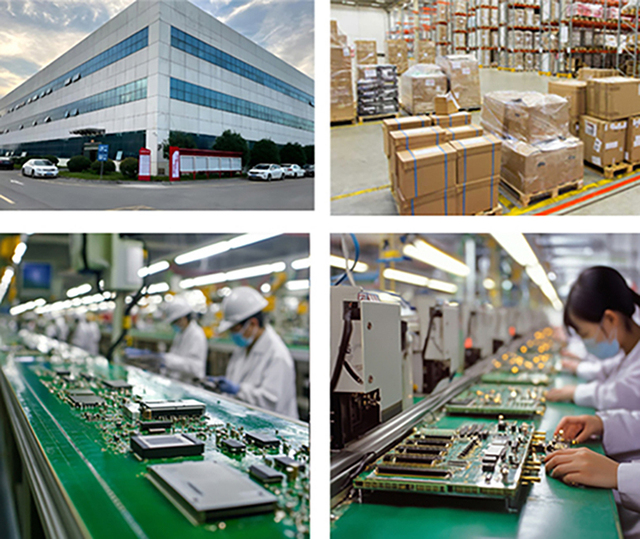









About motion sensor producer
Where to Find Motion Sensor Producers?
China remains the central hub for motion sensor production, with key manufacturing clusters in Zhejiang and Guangdong provinces driving innovation and scale. Ningbo and Shenzhen-based suppliers dominate output, leveraging integrated electronics ecosystems that support rapid prototyping and high-volume assembly. These regions host vertically aligned supply chains—from semiconductor sourcing to final testing—enabling cost efficiencies of 20–35% compared to Western or Southeast Asian alternatives.
The industrial infrastructure supports diverse sensor technologies, including passive infrared (PIR), microwave, millimeter-wave radar, and dual-technology systems. Suppliers benefit from proximity to PCB fabricators, module integrators, and smart home device OEMs, allowing co-development opportunities and reduced time-to-market. Average lead times range from 15–30 days for standard orders, with express production options available for urgent procurement. Buyers gain access to flexible MOQs, ranging from single units for sampling to bulk shipments exceeding 10,000 pieces per month.
How to Choose Motion Sensor Producers?
Selecting a reliable supplier requires systematic evaluation across technical, operational, and transactional dimensions:
Technical Capabilities
Verify expertise in core sensing technologies such as PIR, microwave Doppler, or hybrid detection methods. Leading producers offer low-power variants (e.g., 35–40μA standby current) suitable for battery-operated IoT devices. Confirm compatibility with smart home protocols (Wi-Fi, Bluetooth, Zigbee) if integration is required. Request datasheets detailing detection range, field of view, operating voltage, and environmental tolerance.
Production & Quality Assurance
Assess manufacturing maturity through the following indicators:
- Minimum monthly production capacity exceeding 50,000 units for volume stability
- In-house PCBA and firmware programming capabilities
- Compliance with ISO 9001 standards and product-level certifications (CE, RoHS, FCC)
- On-time delivery performance ≥98%, verified through historical transaction data
Cross-reference claims with response time metrics—top-tier suppliers typically reply within 3 hours—and examine reorder rates as a proxy for customer satisfaction.
Procurement Safeguards
Prioritize suppliers offering sample testing under real-world conditions before scaling orders. Use secure payment terms with milestone-based releases tied to shipment milestones. Validate export experience, particularly for regulated markets requiring conformity documentation. For customized designs, ensure NDA-backed development processes and IP protection clauses.
What Are the Best Motion Sensor Producers?
| Company Name | Main Products | Response Time | On-Time Delivery | Reorder Rate | Online Revenue | Key Product Examples | MOQ Flexibility |
|---|---|---|---|---|---|---|---|
| Shenzhen Moresense Technology Co., Ltd. | Motion & Position Sensors, WiFi/Bluetooth Modules, PCBA | ≤3h | 100.0% | <15% | US $3,000+ | MS58 Series (40–68μA), Millimeter-Wave Radar Sensor | 1 piece |
| Quanzhou Heyi Electronics Co., Ltd. | Alarm Systems, PIR Motion Sensors, Network Cameras | ≤3h | 100.0% | <15% | US $80,000+ | Wireless 433MHz PIR Sensor, Wired Security Detectors | 1 piece |
| Ningbo Juda Electric Co.,Ltd. | Motion Sensors, Smart Home & Outdoor Lighting | ≤11h | 100.0% | 16% | US $100,000+ | Microwave Motion Sensor, Ceiling-Mounted PIR Units | 1–200 pieces |
| Shenzhen FOS Technology Co., Ltd. | Motion Sensors, KNX/EIB Systems, PCBA | ≤1h | 100.0% | <15% | US $500+ | 360° Infrared Sensor, KNX-Certified Ceiling Detectors | 2–50 boxes |
| Ningbo Energylux Optoelectronics Technology Co., Ltd. | Motion & Position Sensors, Lighting Accessories | ≤13h | 100.0% | - | - | Integrated lighting-sensor solutions | Not specified |
Performance Analysis
Shenzhen Moresense stands out for low-power innovation and fast response cycles, making it ideal for IoT-centric applications. Quanzhou Heyi demonstrates strong market penetration in security-focused motion detection, backed by higher annual revenue and diversified alarm system integration. Ningbo Juda leads in application-specific design, combining motion sensing with lighting control—a strategic advantage for smart building projects. Shenzhen FOS excels in responsiveness (≤1h) and offers KNX-compliant sensors critical for commercial building automation. While reorder rates are generally below 16%, consistent 100% on-time delivery across all five suppliers indicates robust logistics execution. Buyers seeking customization should prioritize companies with documented PCBA and module development experience.
FAQs
How to verify motion sensor producer reliability?
Audit technical documentation including circuit diagrams, BOMs, and test reports for EMI, thermal stability, and false-trigger resistance. Confirm compliance with CE, RoHS, and FCC standards where applicable. Evaluate supplier responsiveness, order fulfillment history, and post-sale support availability.
What is the typical sampling timeline for motion sensors?
Standard samples are typically dispatched within 5–7 business days. Customized versions with modified sensitivity, housing, or communication protocols require 10–18 days for development and validation. Air shipping adds 3–7 days depending on destination.
Can motion sensor producers handle global exports?
Yes, all listed suppliers have established international shipping channels. Most operate under FOB terms, though some offer CIF pricing upon request. Ensure packaging meets ISTA standards and confirm inclusion of multilingual labeling if required.
Do suppliers provide free samples?
Sample policies vary: many charge nominal fees (often refundable against future orders). Free samples may be offered for qualified buyers placing trial orders above 500 units. Expect to cover express shipping costs regardless.
How to initiate custom motion sensor development?
Submit detailed specifications including detection range, power consumption limits, mounting type, output signal (relay/dry contact/digital), and environmental ratings (IP, temperature). Reputable producers will respond with feasibility assessments, reference designs, and prototype timelines within 72 hours.





